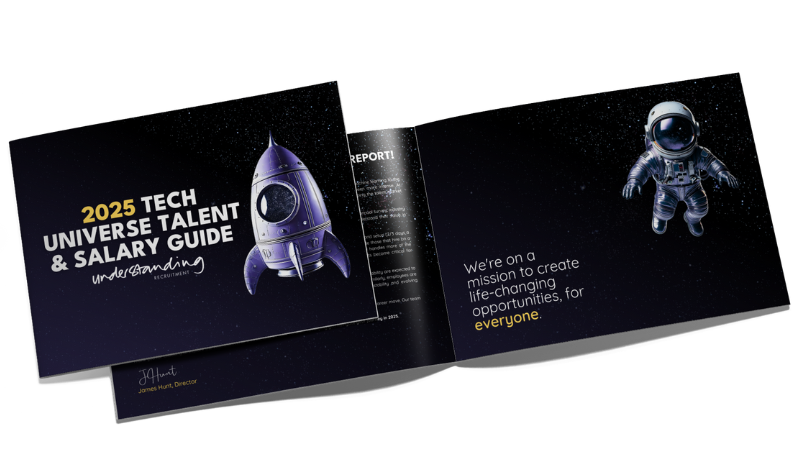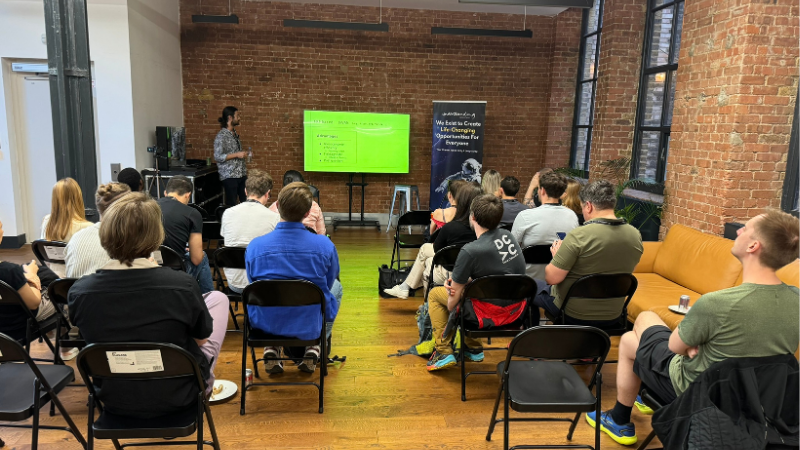
Startups rely on software engineering recruitment to build products, secure investment, and ...

Startups rely on software engineering recruitment to build products, secure investment, and ...

Understanding Recruitment's Principal Account Manager Cedric Sellmann, and Head of Execu...

Startups rely on software development teams to grow, adapt, and compete. Whether launching a...




Python developers are highly sought after, from web development and data science to machine ...